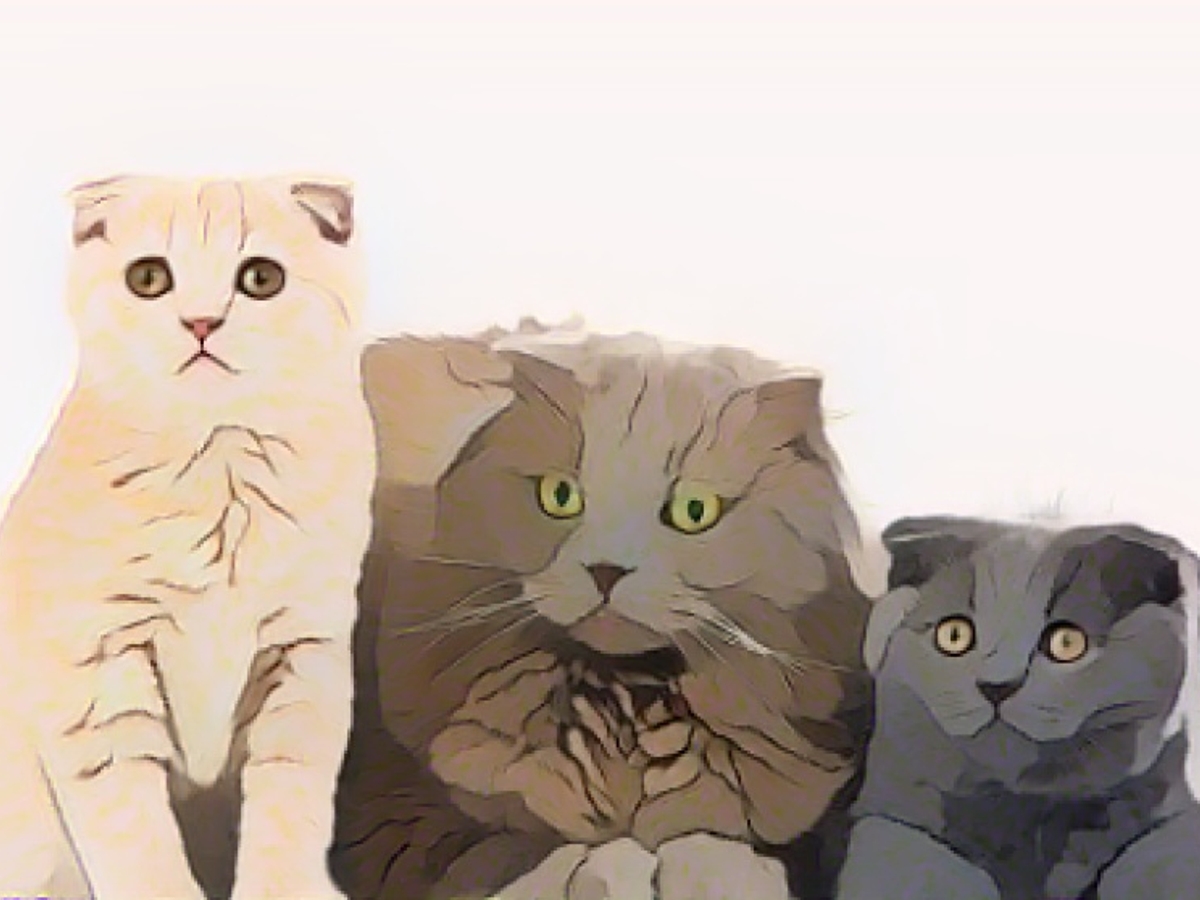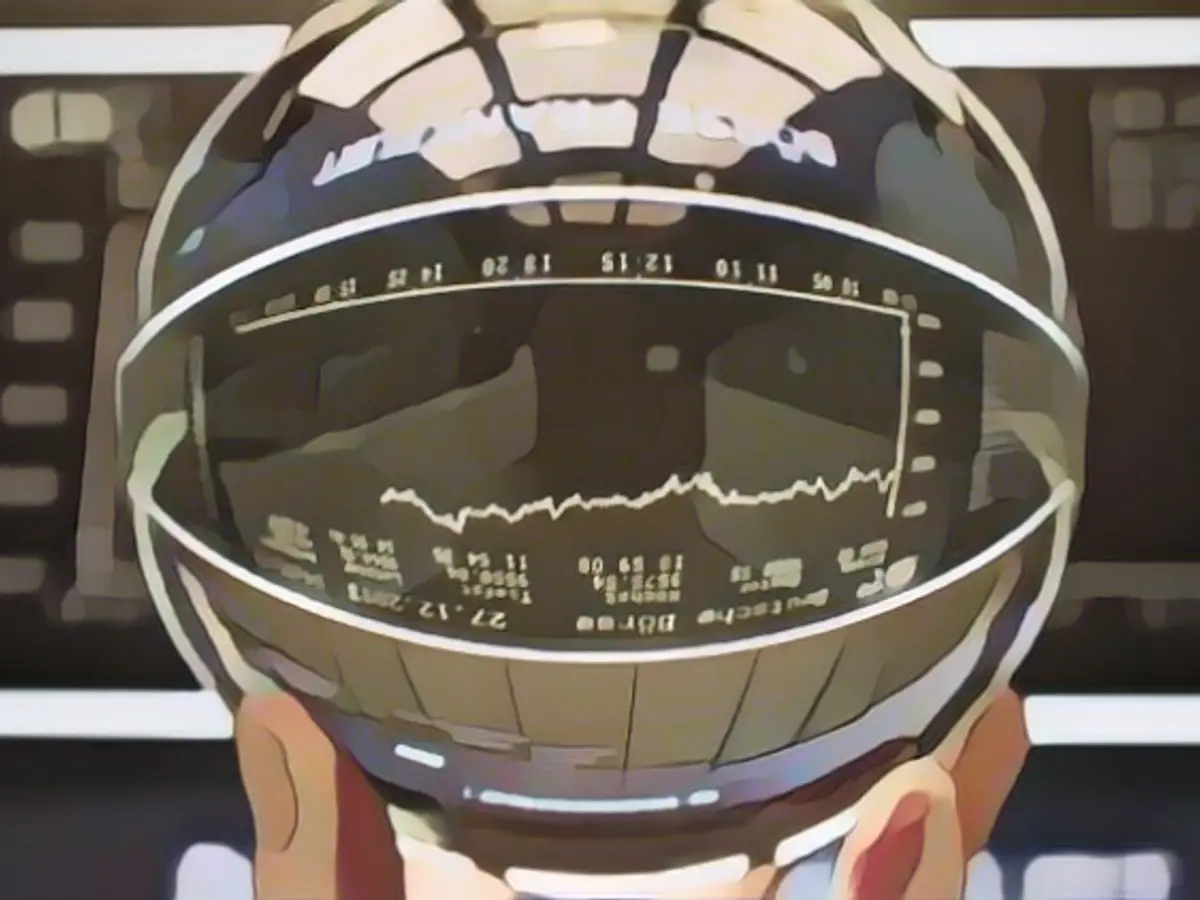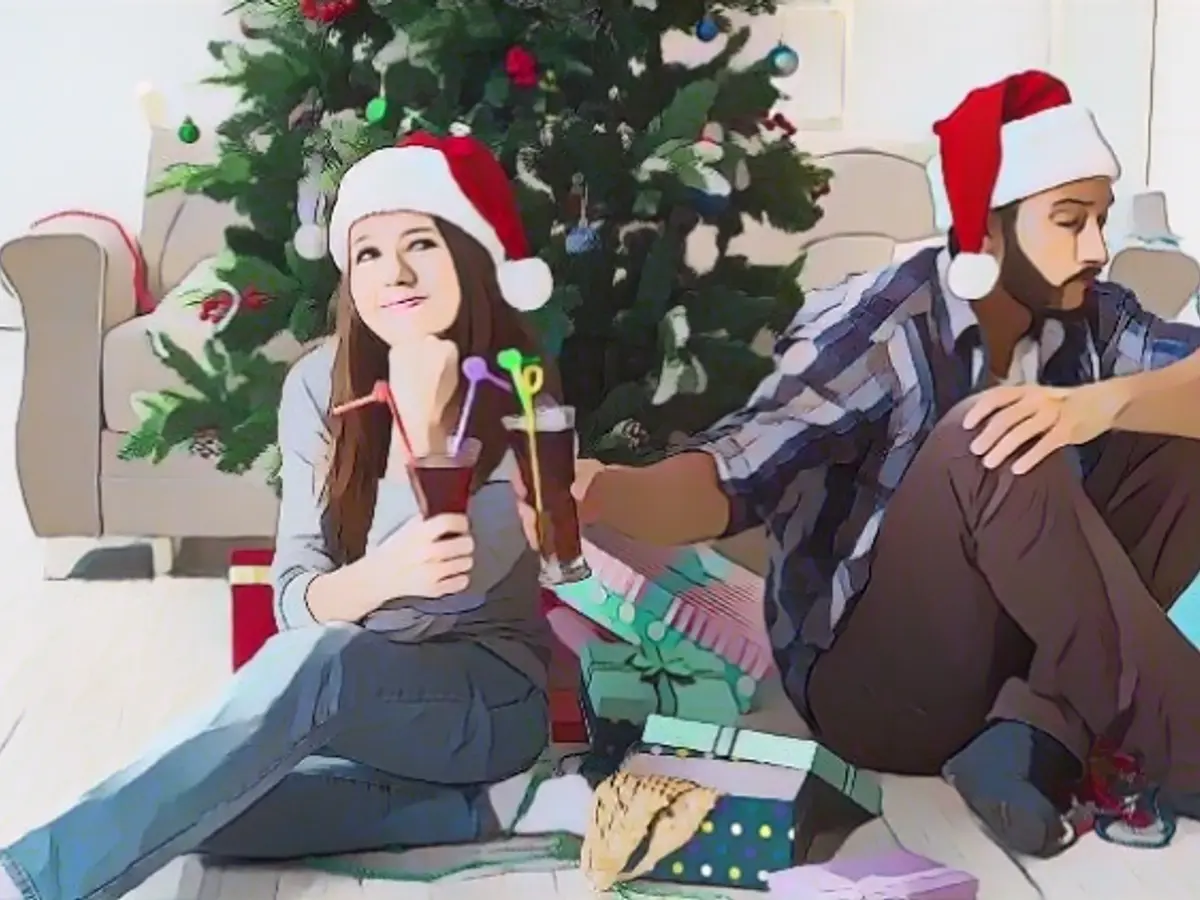Unveiling the Hidden Vocabulary of Cats
Cats boast an impressive vocabulary of 276 facial expressions! You know that soulful gaze and slow blink your cat bestows upon you? In cat-speak, it means your feline friend is smitten and feeling secure around you. Programmed to recognize this as a cue for affection, you should respond by returning the favor. These findings arise from a fascinating study conducted by the esteemed University of Sussex and Portsmouth, causing quite a stir in the scientific community.
Driven by curiosity, American researchers have delved deeper than ever before. Dr. Laura Scott, a medical student from the University of Kansas Medical Center, and co-investigator Dr. Brittany Florkiewicz, an evolutionary biologist at Lyon College in Arkansas, aimed to decode the cryptic language of cats more accurately. Their groundbreaking findings were published recently in the renowned journal "Behavioral Processes".
The Spectrum of Cat Facial Expressions
To unveil the intricate world of feline facial expressions, researchers studied 53 cats using footage from a cat café. These animals were both male and female, neutered, and spent time around humans, making them more sociable and tolerant than their wild counterparts. The team expected to find a range of positive and negative emotions in the cats, but the results were surprising.
An astounding 276 distinct facial expressions emerged from analyzing the footage. A whopping 45.7% of these expressions signaled affection and benevolence, while 37% suggested aggression. This research reveals that cats possess a remarkable range of emotions, providing a richer and more nuanced understanding of their emotional lives.
Exploring Emotional Landscapes
The investigators will continue their journey into the emotional lives of cats with future studies, delving deeper into the significance behind these diverse expressions.
- As a cat owner, learning about your pet's facial expressions can provide you with valuable insights into their moods and preferences, harnessing the knowledge gained from Laura Scott and Brittany Florkiewicz's study in "Behavioral Processes".
- Inspired by this groundbreaking research, your academic advisor encourages you to incorporate body language analysis into your upcoming animal behavior research.
- Discovering that domesticated cats have a far more comprehensive and complex range of facial expressions than previously thought, thanks to the comprehensive study conducted by researchers from the University of Kansas Medical Center and Lyon College, left you in awe.
- Interacting with your pet revealed that feline communication involves subtle changes in facial expressions like the well-known slow blinking signaling affection and friendliness. Understanding cats' body language can help strengthen the bond between humans and their furry companions.
Sources:
Enrichment Data
Contrary to popular belief, the popular study on cat facial expressions, which identified 276 distinct expressions, was not led by Laura Scott and Brittany Florkiewicz solely. Instead, this research was part of an interdisciplinary collaboration between universities in Kansas, Arkansas, and Haifa, Israel. Titled "Computational investigation of the social function of domestic cat signals", the study used the CatFACS (Cat Facial Action Coding System) to attribute emotional significance to each expression, involving the observation of cats playing together in cat cafes.
The researchers discovered that these expressions play an essential role in reassuring and conveying positive intentions during playtime. By utilizing AI, they studied the patterns in these expressions and found that rapid imitation of facial movements is common during positive interactions such as play. However, negative interactions like fights or aggression showed distinct patterns, including gaze fixation and rapid defensive movements.
The significance of these findings underscores the complexity and social nature of feline communication, now better understood with AI and detailed facial analysis systems such as CatFACS. This enriched knowledge opens a window into the intricate world of cats, fostering an even deeper connection between humans and feline companions.








